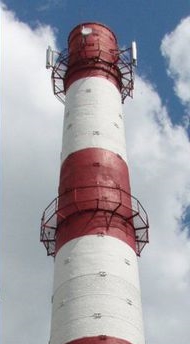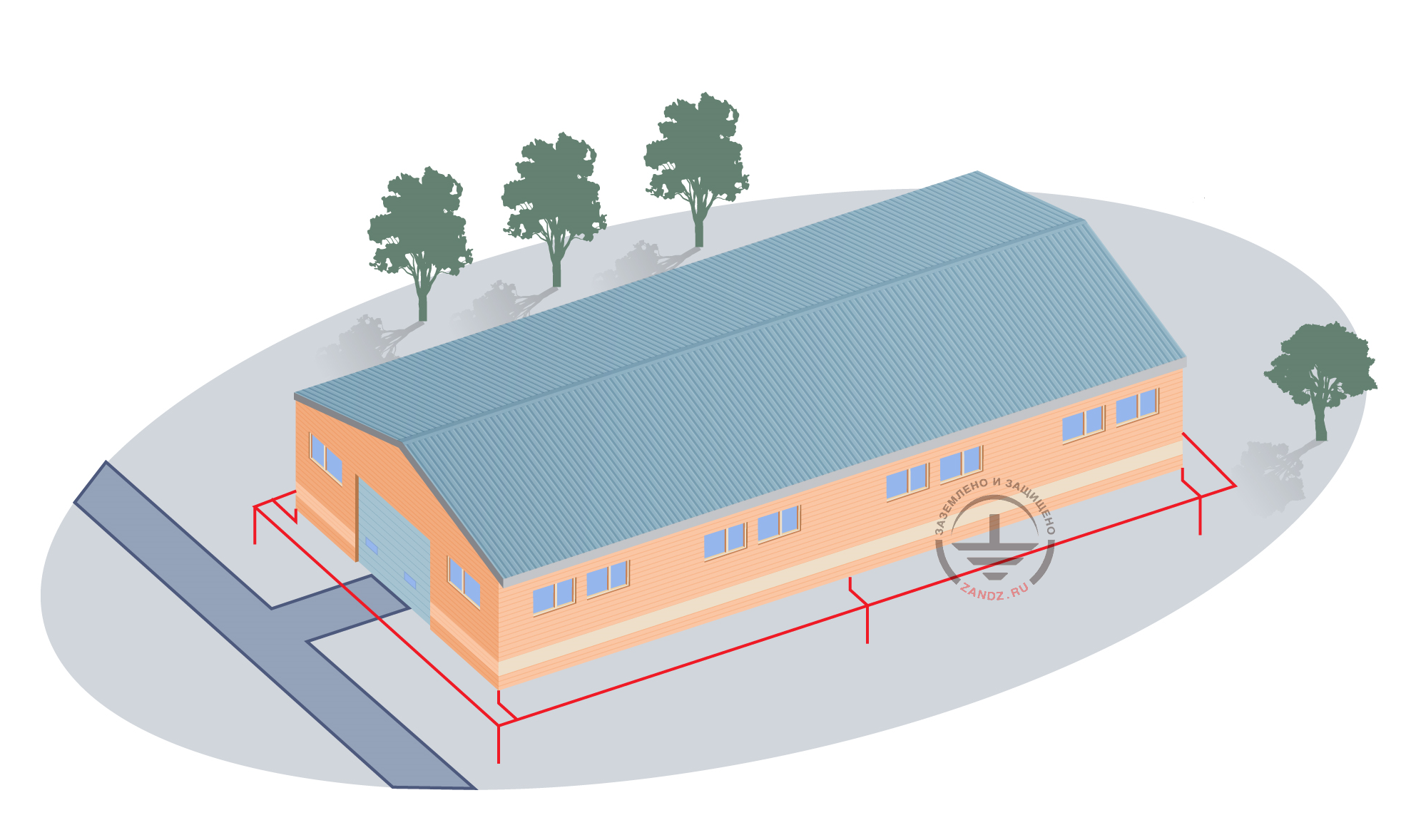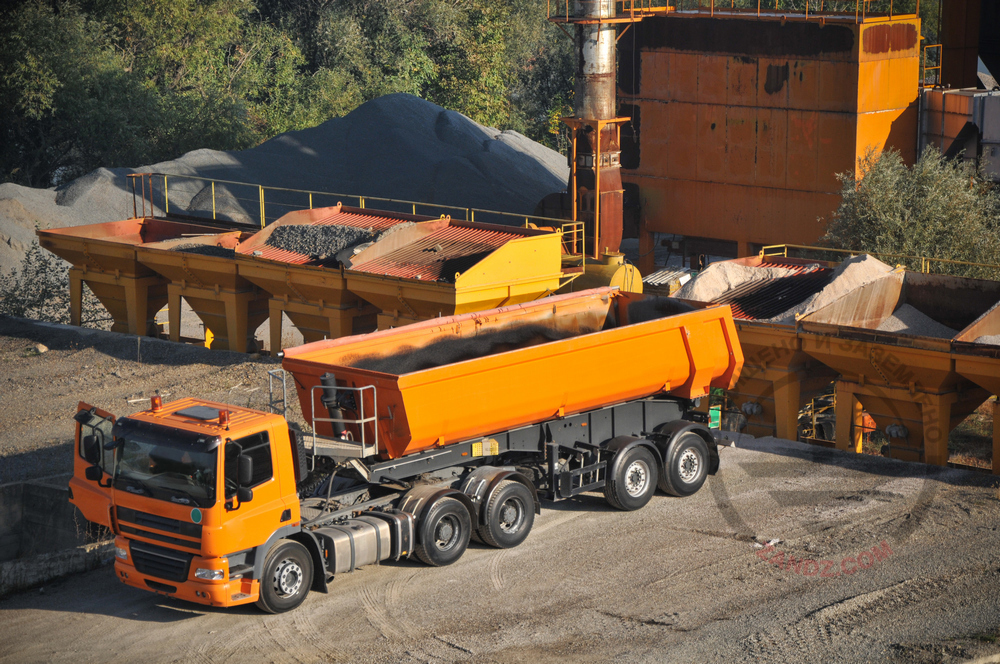All news
07.11.14 ,
Regulatory Document RD 34.21.122-87 states that funnels and other chimneys of enterprises and boilers, towers and rigs of all applications 15 m high and more in places with an average duration of thunderstorms of 10 hours per year or more belong to the third category of lightning protection.

Specific details are given in paragraph 2.31 of the same regulatory document:
Protection against direct lightning strikes of non-metallic chimneys, towers, rigs higher than 15 meters must be carried out by the installation of the following elements considering the height of the facility:
• Up to 50 meters - one rod lightning rod at least 1 m high;
• from 50 to 150 m - two lightning rods not less than 1 m high connected at the upper end of the chimney;
• more than 150 m - not less than three lightning rods rods 0.2 - 0.5 m high or a steel ring with the cross-section of not less than 160 mm2 put around the upper bearing face.
A protective cap mounted on the chimney or metal structures such as antennas, installed on television towers can be used as lightning rods.
At the height of the buildings up to 50 meters from the lightning rods, there should be one down conductor; at the height of the building over 50 m, down conductors should be mounted at least every 25 m along the perimeter of the structure base, there should be at least two of them.
Cross sections (diameters) of down condcutors must meet the requirements of table 3, and in areas with high gas contamintation or aggressive air emissions, diameters of down conductors must be at least 12 mm.
Metal service ladders can be used as down conductors, including those with bolting assembly of links, and other vertical and metal constructions.
Reinforced bars, connected by welding from top to bottom, by stranding or overlapping welding should be used as down conductors on reinforce concrete pipes; wherein laying of external down conductros is not required. Connection of a lightning rod with the fittings must be carried out in at least two points.
All connections of lightning rods with down conductors must be made by welding.
For metal chimneys, towers and rigs, installation of lightning rods and laying down conductors is not required.
According to p.1.8., reinforced concrete foundations of metal and non-metallic chimneys, towers, rigs must be used as ground electrode systems against direct lightning strikes. If it is impossible to use foundation for each down conductor, an artificial ground electrode made of two rods connected by a horizontal electrode must be provided (see. Table. 2); if the perimeter of the base structure is not more than 25 m, an artificial ground electrode can be designed as a horizontal contour laid at the depth of not less than 0.5 m and made of an electrode of circular cross-section (see table. 3). When using reinforced bars as down conductors, their connection to the artificial ground electrodes should be performed at least every 25 m at the minimum amount of connections, equal to two.
When mounting non-metallic pipes, towers, rigs, the metal work of erection equipment (passenger and freight and mining elevators, jib-cranes and others) should be connected to the ground electrode systems. In this case, the temporary measures on lightning protection for the construction period cannot be performed.
Useful materials:
Related Articles:


.png)



